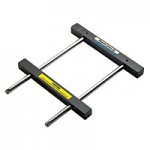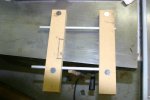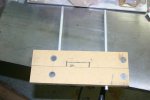Steve Southwood
Member
- Messages
- 5,069
- Location
- Santa Claus, In
I have to change out the knives in my jointer. It started making hockey sticks and I like to never figured out why.
What do I need to watch out for? Any tips?
What do I need to watch out for? Any tips?








